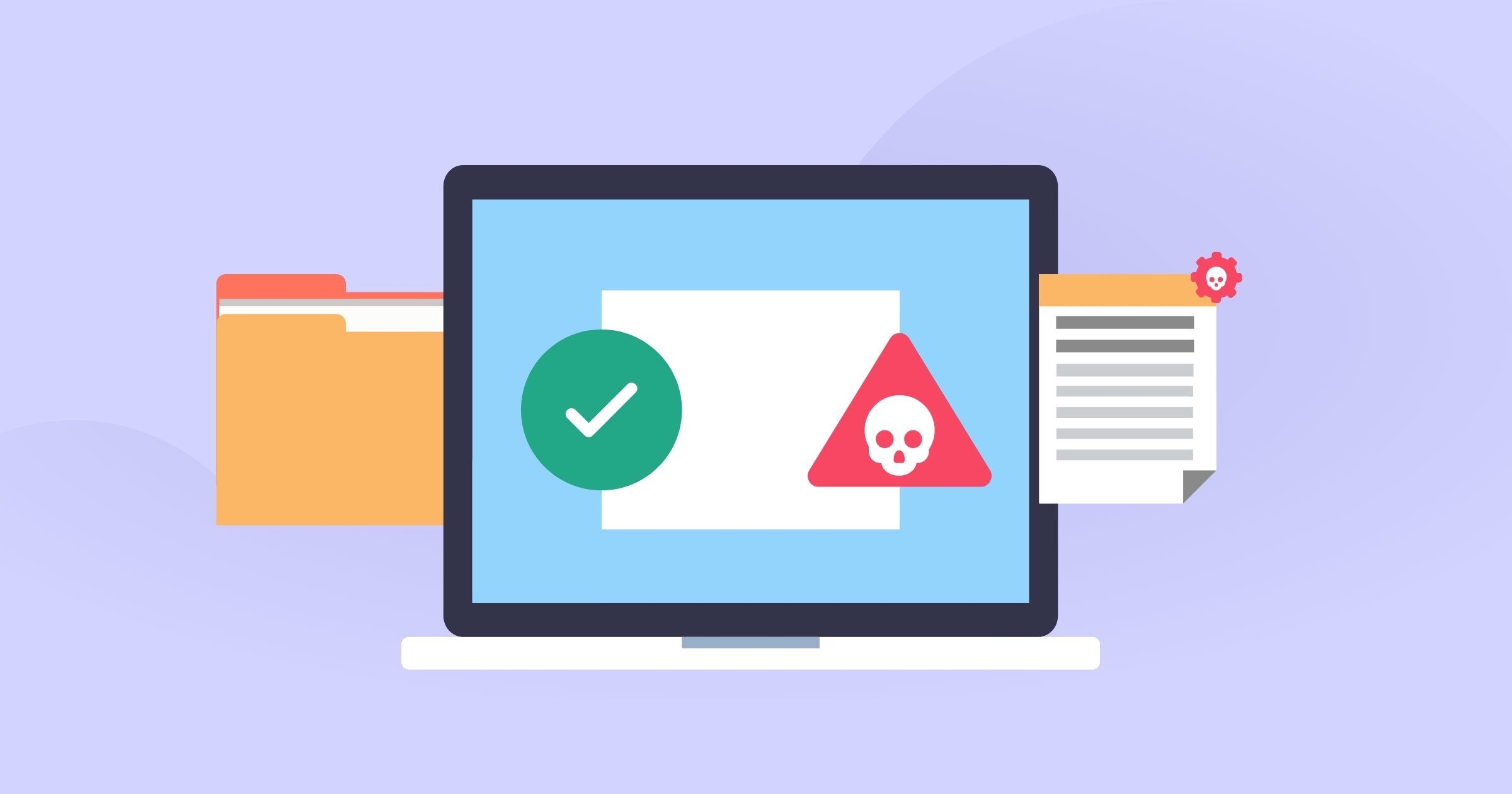Hackers and attack mechanisms continue to evolve and become more sophisticated every day. Therefore, it’s necessary for your organization to remain vigilant and aware of cyber trends and technology in order to protect your data and customers from malicious actors. While some organizations continue to view cyberattacks as an afterthought or may feel it’s something that will never happen to them, the reality is the exact opposite. By keeping a proactive stance and staying updated on the best ways to defend your organization from attacks, you’ll take the first crucial steps to protecting your sensitive data from cyber criminals.
Let’s look at the difference between reactive and proactive approaches to cybersecurity and how cybersecurity insurance can play an important role in your risk management strategy.
A Reactive vs Proactive Approach to Vendor Cybersecurity
In a reactive approach to vendor cybersecurity, your organization and your vendors are forced to respond to incidents after the attack has already taken place as opposed to mitigating any potential risks and working diligently in advance to keep an attack from happening. There’s more focus on dealing with the aftermath.
Explained further, a program with a reactive approach uses its resources to discover attacks, fight off the malicious actor, and resolve the consequences of the attack instead of identifying and mitigating risks before the attack occurs. Your team would be left on the back foot. While it’s important to have plans in place to handle any consequences following a breach, a solely reactive approach is not sustainable when it comes to handling your organization’s cybersecurity.
Instead, you should implement proactive strategies to help eliminate vulnerabilities and recognize any present risks. Where reactive strategies focus on disaster recovery steps and how you can handle the aftermath of a cyberattack, a proactive approach consists of a series of processes and assessments to ensure your organization’s ongoing security is acceptable and you’re maintaining processes and technologies to address any gaps that have been identified before a hacker has the chance to infiltrate your systems.
Proactive strategies take security measures to the next level, offering your organization the ability to take key precautions, identify any present vulnerabilities in your security measures, and take the important steps to defend your organization in advance of a cyberattack.
Integrating Cybersecurity Insurance Into Your Proactive Response Plan
One way to shift from a reactive to a proactive approach is to adopt cybersecurity insurance which can help your organization recover from any losses and damages suffered during a cyberattack. Integrating cybersecurity insurance is a proactive measure that you can be applied as a safeguard as part of your cybersecurity, and your vendors should be doing the same.
In today’s world, it isn’t a question of if, but when your organization will be targeted by a cyberattack – and you’ll need to be prepared. As thorough as your cybersecurity program may be, it’s necessary to understand to prepare your organization in case of an emergency. Third-party data breaches, for example, allow hackers to exploit gaps in a vendor’s security system and gain access to an organization’s private information. And, as opposed to calling a lawyer after an attack occurs, you can adopt an insurance policy before there are any issues, which will help your organization recover any potential legal and financial damages that a cyberattack can cause.
It's important to ensure that your bases are covered. Any organization that handles private data or relies on online access to operate should consider implementing cybersecurity insurance as part of their proactive stance.
Incorporating Other Proactive Measures Into Your Cybersecurity Processes
Utilizing cybersecurity insurance isn’t the only proactive measure you can take to mitigate cybersecurity risks. Other examples of proactive measures to include in your cybersecurity processes include:
- Training your employees to identify and report suspicious activity, including phishing emails (ensure your vendors have trained their employees too!)
- Updating your systems and technology to ensure that you have the latest updates and patches installed
- Performing control assessments on your security controls
- Assessing your vendors to ensure that their vendor risk management, cybersecurity policies, and controls are effective and sufficient
It’s important to continually assess your controls and policies, as well as your vendors’, to identify any potential weaknesses that could leave your organization and data exposed to hackers. As malicious actors continue to update their technology and methods to infiltrate private networks, a proactive approach is the best way to mitigate risks and defend your organization.
A reactive approach to cybersecurity isn’t sustainable. It’s important to make the shift to implementing proactive methods to work to mitigate risks and protect your organization before an issue arises.






.gif?width=1920&name=Sample-Graphic-Animation%20(1).gif)



